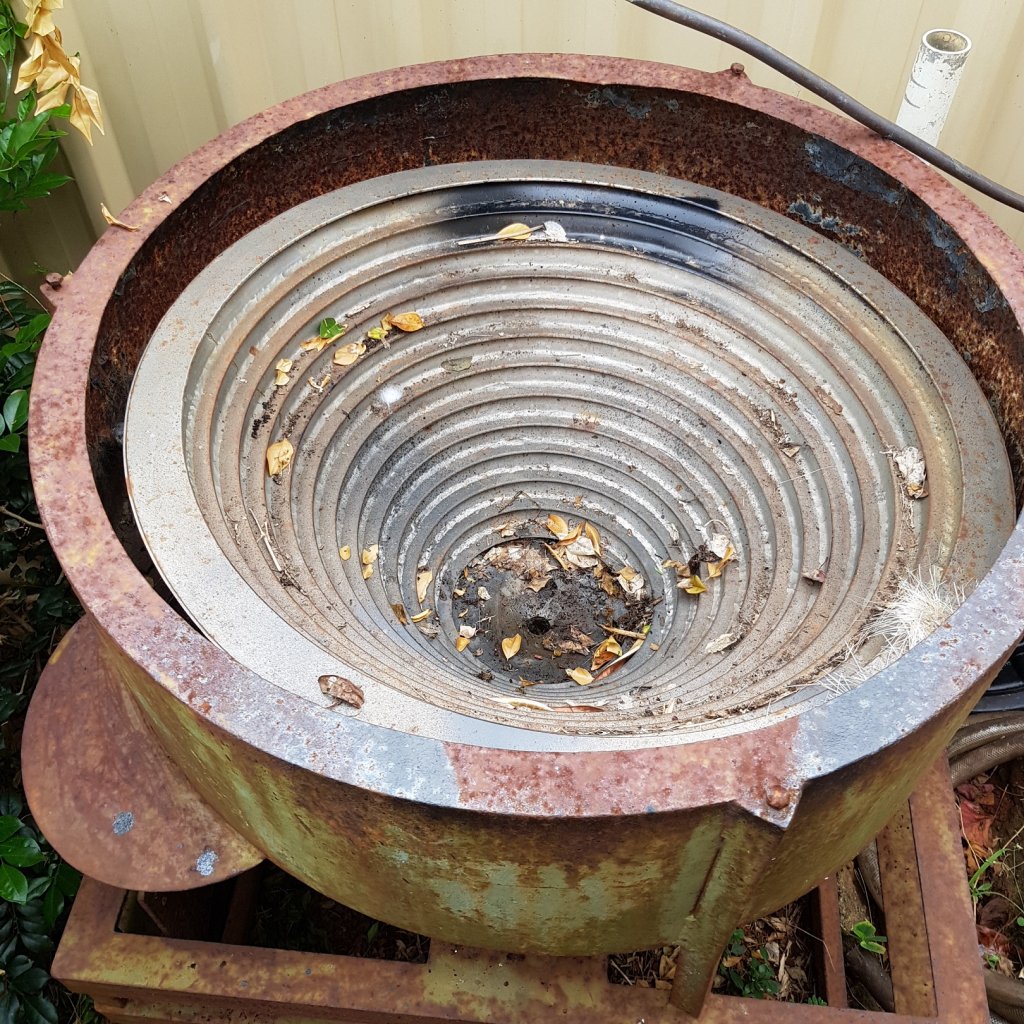Anolphart
Zol Straub
This might sound stoopid, but following on a previous topic about breaking down clay, has anybody tried using centrifugal force to separate gold from other heavies, particularly black sand? After all, gold is the heaviest of the material that we find and theoretically it should be able to be separated in a centrifuge. I understand that conventional centrifuges generally only handle small quantities, but what if one were to create two containers that would handle several cup fulls each and place them in a spin drier opposite to each other and let er rip?
Is anybody game enough to possibly incur the wrath of the washer woman to try it out?
Is anybody game enough to possibly incur the wrath of the washer woman to try it out?




